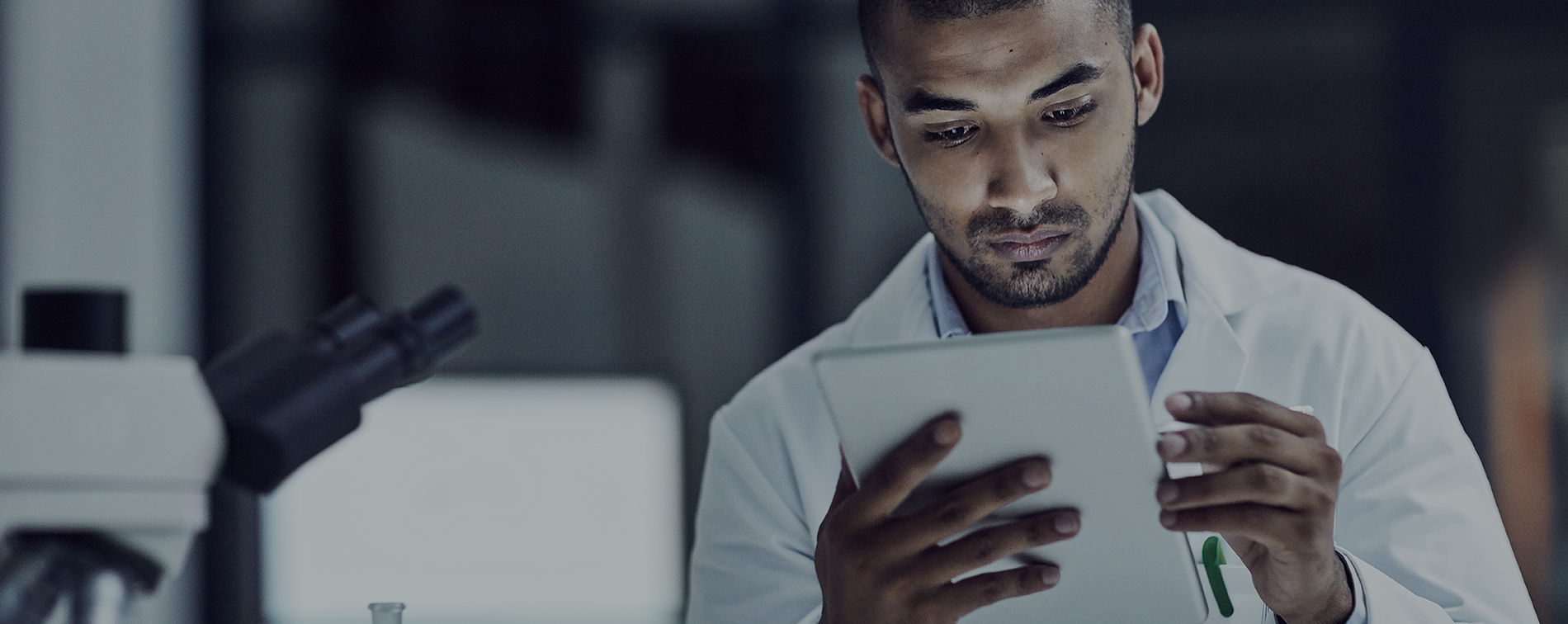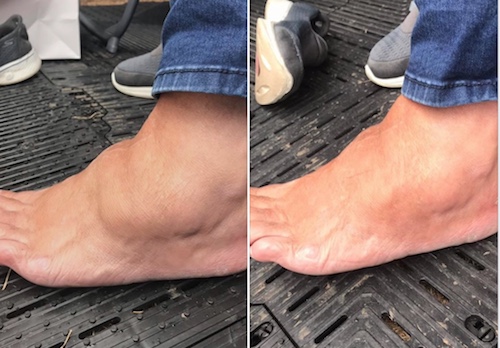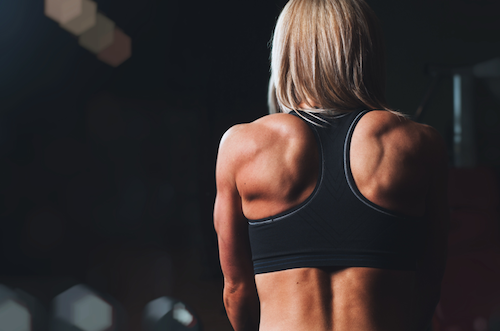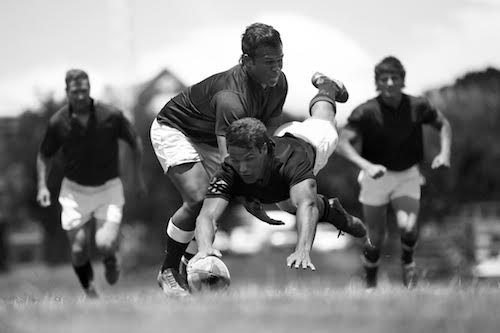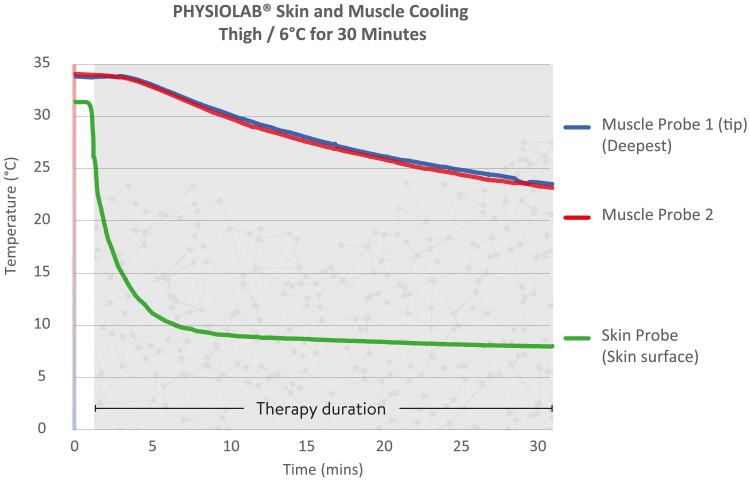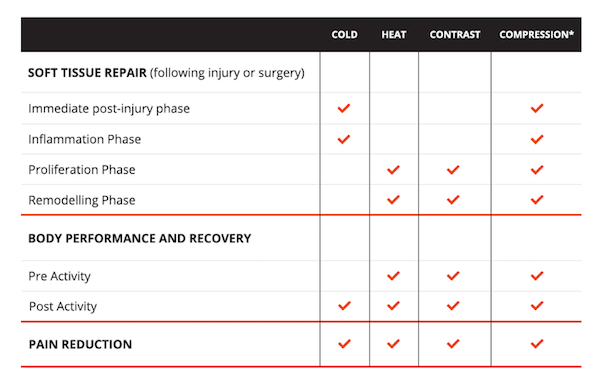REFERENCES
Adamczyk A, Krasowska I, Boguszewski D, Reaburn P (2016) The use of thermal imaging to assess the effectiveness of ice massage and cold water immersion as methods for supporting post-exercise recovery. Journal of Thermal Biology,60: 20-25.
Algafly, A.A. & George, K.P. (2007) The effect of cryotherapy on nerve conduction velocity, pain threshold and pain tolerance. Br J Sports Med.41(6), 365-9
Dahl, J., Li, J., Bring, D. K. I., Renstrom, P. & Ackerman, P. (2007). Intermittent pneumatic compression enhances neurovascular in growth and tissue proliferation during connective tissue healing: A study in the rat. J Orthop Res25, 1185–1192.
Dehghan M, Farahbod F (2014). The efficacy of thermotherapy and cryotherapy on pain relief in patients with acute low back pain, a clinical trial study.
Journal of Clinical and Diagnostic Research, 8(9): LC01-4.
Khanna, A., Gougoulias, N. & Maffulli, N. (2008). Intermittent pneumatic compression in fracture and soft-tissue injuries healing. Br Med Bull., 88(1), 147-56
Kullenberg, B., S. Ylipää, et al. (2006). ”Postoperative Cryotherapy After Total Knee Arthroplasty: A Prospective Study of 86 Patients.” J Arthroplasty21(8): 1175-1179.
Nadler, S. F., Weingand, K. & Kruse, R. J. (2004). The Physiologic Basis and Clinical Applications of Cryotherapy and Thermotherapy for the Pain Practitioner. Pain Physician, 7, 395-39.
Nadler, S. F., Steiner, D. J., Erasala, G. N., Hengehold, D. A., Hinkle, R. T., Beth Goodale, M., Abeln, S. B. & Weingand, K. W. (2002). Continuous low-level heat wrap therapy provides more efficacy than Ibuprofen and acetaminophen for acute low back pain. Spine, 27(10), 1012-7.
Petrofsky JS, Khowailed IA, Lee H et al (2015). Cold Vs. heat after exercise – is there a clear winner for muscle soreness. Journal of Strength and Conditioning Research, 29(11): 3245-3252.
Stöckle, U., Hoffmann, R., Schütz, M., von Fournier, C., Südkamp, N. P. & Haas, N. (1997). Fastest reduction of posttraumatic oedema: continuous cryotherapy or intermittent impulse compression? Foot Ankle Int., 18(7), 432-8.
Su, E. P., Perna, M., Boettner, F., Mayman, T., Gerlinger, W., Barsoum, W., Randolph, J. & Lee, G. (2012). A prospective, multi-center, randomised trial to evaluate the efficacy of a cryopneumatic device on total knee arthroplasty recovery. J Bone Joint Surg BrNovember, 94-B, 153-156.

